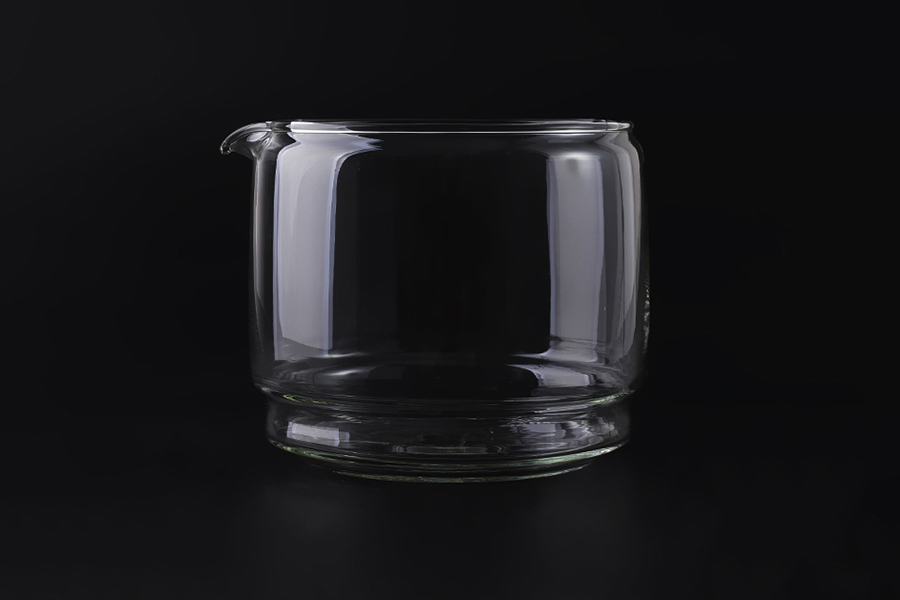The heat retention of a
glass coffee pot is generally not as efficient as that of materials like stainless steel or vacuum-insulated containers. Glass is a poor conductor of heat, which means it does not retain heat as effectively. Here's how the heat retention of a glass coffee pot typically works:
Initial Temperature: When freshly brewed coffee is poured into a glass coffee pot, it initially retains a good amount of heat due to the high temperature of the liquid.
Gradual Cooling: Over time, the coffee in the glass pot will gradually start to cool. Glass allows heat to escape relatively quickly, so the coffee's temperature will drop faster compared to containers with better heat retention properties.
External Factors: The rate of heat loss can be influenced by external factors, such as the ambient temperature and whether the coffee pot has a lid or not. A well-fitted lid can help slow down heat loss.

Pre-Warming: Some people choose to pre-warm their glass coffee pots by rinsing them with hot water before brewing. This can help improve heat retention to some extent but won't match the performance of more insulated materials.
Hot Plates: In commercial settings, glass coffee pots are often placed on hot plates to maintain a minimum serving temperature. This compensates for the glass's inherent heat loss characteristics.
Glass coffee pots are appreciated for their aesthetics and the ability to showcase the coffee's color and clarity. However, they are not known for their exceptional heat retention properties. If you require longer heat retention for your coffee, you may want to consider using a different type of container, such as a thermal carafe or an insulated stainless steel coffee pot, which can keep coffee hot for a more extended period.

